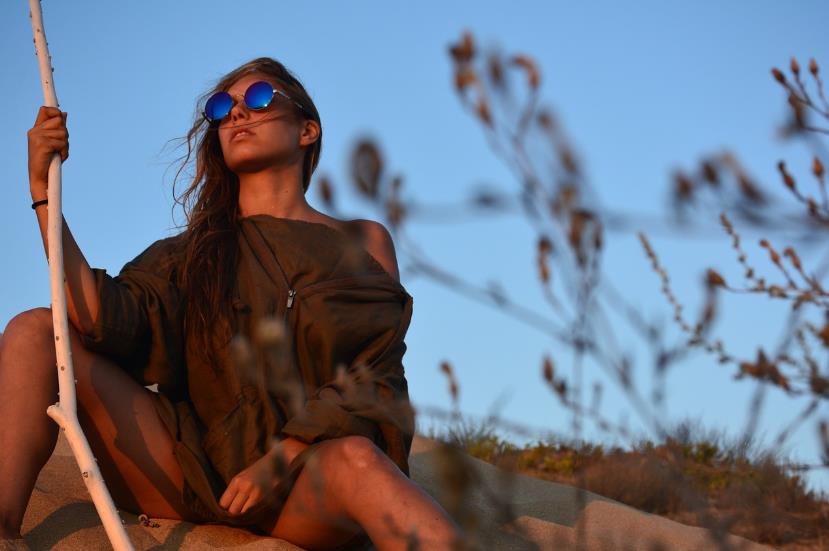A Retrospective: Fashion Trends of the Past Decade
The past decade in fashion has been marked by a captivating blend of retro revival and contemporary innovation. As we look back, several key trends stand out:
1. The Revival of Vintage and Retro Styles: The 2010s saw a resurgence of styles from the 70s, 80s, and 90s. Designers began reinterpreting past decades’ aesthetics with a modern twist. The 70s bohemian looks, with their flowy fabrics and earthy tones, returned to the forefront, as did the bold patterns and vibrant colors of the 80s. The 90s influence was also palpable, with the rise of minimalism and grunge elements—think oversized flannel shirts and combat boots.
2. The Rise of Streetwear: Streetwear, once a niche subculture, transformed into a global fashion phenomenon. Brands like Supreme, Off-White, and Yeezy gained mainstream acclaim, blending casual comfort with high fashion. This trend emphasized the influence of urban culture and the democratization of fashion, as designers and celebrities embraced a more relaxed, inclusive approach.
3. Sustainability and Ethical Fashion: As awareness of environmental issues grew, sustainability became a cornerstone of the fashion industry. Brands and consumers alike began prioritizing eco-friendly materials, ethical labor practices, and circular fashion models. Recycled fabrics, second-hand shopping, and transparent supply chains became significant aspects of modern fashion.
4. Technology and Fashion Fusion: The integration of technology into fashion reached new heights. Innovations such as smart textiles, augmented reality (AR) try-ons, and digital fashion shows redefined the way we interact with clothing. The emergence of digital fashion—virtual garments for avatars in online spaces—highlighted the growing importance of the digital realm in fashion.
5. Gender Fluidity and Inclusivity: The last decade also witnessed a significant shift towards gender inclusivity. The traditional boundaries of gender-specific fashion began to blur, with designers increasingly embracing unisex and androgynous styles. This movement fostered greater acceptance and diversity within the fashion industry, allowing for a more expansive definition of beauty and style.
The Present: Current Fashion Trends and Influences
As we move through the 2020s, several trends are defining the current fashion landscape:
1. Nostalgic Influences with a Modern Twist: The ongoing trend of revisiting past decades continues, but with a fresh perspective. The 2000s revival, marked by low-rise jeans, crop tops, and chunky sneakers, has become prominent. Designers are remixing these elements with contemporary fabrics and silhouettes, creating a hybrid of old and new.
2. Tech-Enhanced Fashion: Technology remains at the forefront, with advancements such as AI-driven design and virtual fitting rooms becoming more prevalent. The use of blockchain for transparency in supply chains and the rise of digital fashion week presentations are reshaping the industry’s approach to showcasing collections.
3. The Growth of Minimalism: Minimalism, characterized by clean lines, neutral colors, and a focus on quality over quantity, continues to be influential. This trend aligns with the broader movement towards sustainable fashion, emphasizing longevity and timelessness in wardrobe choices.
4. Statement Pieces and Maximalism: In contrast to minimalism, maximalism is making a strong comeback. This trend celebrates bold patterns, vibrant colors, and eclectic styles, encouraging individuals to express their personality through extravagant and eye-catching outfits.
5. The Influence of Social Media: Platforms like Instagram, TikTok, and Pinterest play a pivotal role in shaping fashion trends. Social media influencers and viral challenges have accelerated the spread of new styles and created a platform for diverse voices within the fashion community.
Looking Ahead: The Future of Fashion
As we look to the future, several emerging trends and potential developments offer a glimpse into the next chapter of fashion:
1. Continued Emphasis on Sustainability: The drive towards sustainability is set to intensify. Future fashion will likely see greater innovation in eco-friendly materials, zero-waste production techniques, and advancements in recycling technology. Brands will increasingly focus on creating long-lasting, versatile pieces that reduce environmental impact.
2. Advanced Technology Integration: The fusion of fashion and technology will continue to evolve. Expect to see more sophisticated applications of AR and VR in shopping experiences, as well as the development of smart textiles with integrated sensors and functionalities. Artificial intelligence will further influence design processes and personalized shopping experiences.
3. Personalization and Customization: The future of fashion is likely to emphasize individual expression and customization. Advances in digital printing and on-demand manufacturing will allow consumers to create unique, personalized garments tailored to their preferences and measurements.
4. Expanding the Definition of Beauty and Fashion: The inclusivity movement will further expand, with a focus on representing diverse body types, abilities, and cultural backgrounds. Fashion will continue to challenge traditional standards of beauty and embrace a broader range of identities and expressions.
5. The Role of Digital Fashion: As virtual worlds and online spaces become more integral to our lives, digital fashion will gain prominence. Virtual garments and digital fashion shows may become as significant as physical ones, reflecting a growing interest in exploring fashion beyond the physical realm.
Conclusion
The evolution of fashion over the past decade has been a fascinating journey marked by a return to nostalgia, a push towards sustainability, and the embrace of technological advancements. As we move forward, the industry will likely continue to blend tradition with innovation, creating a vibrant and ever-changing landscape. By staying attuned to these trends and influences, we can anticipate an exciting future for fashion—one that celebrates both our past and the possibilities of what lies ahead.
